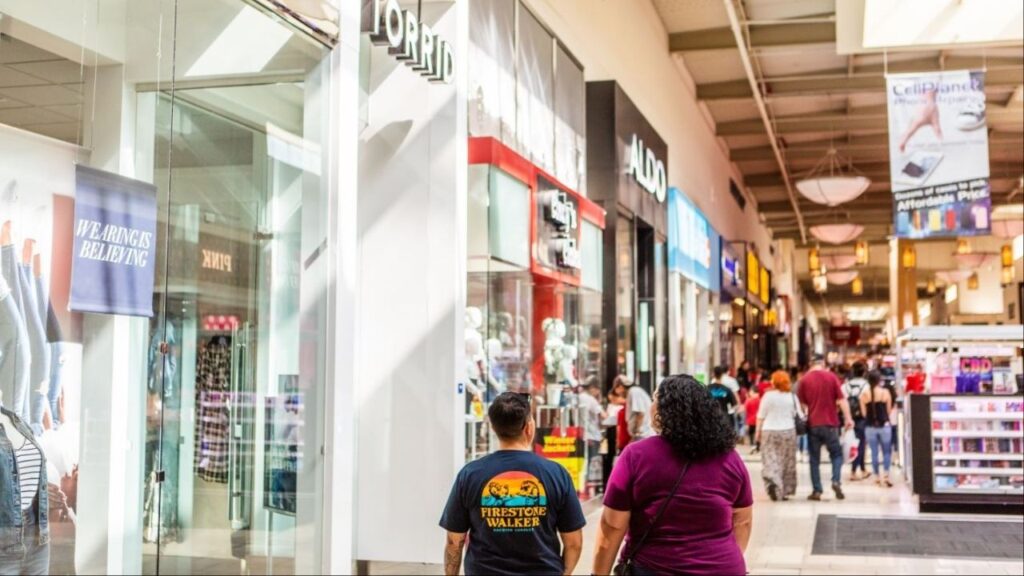Share
WASHINGTON — America’s employers added just 266,000 jobs last month, sharply lower than in March and a sign that some businesses are struggling to find enough workers as the economic recovery rapidly strengthens.
The economic rebound from the pandemic recession has been so fast that many businesses, particularly in the hard-hit hospitality sector — which includes restaurants, bars and hotels — have been caught flat-footed and unable to fill all their job openings. Some unemployed people have also been reluctant to look for work because they fear catching the virus.
Others have entered new occupations rather than return to their old jobs. And many women, especially working mothers, have had to leave the workforce to care for children.
In addition, construction companies and manufacturers, especially automakers, have been left short of parts as a result of clogged supply chains and have had to slow production for now. Both sectors pulled back on hiring in April.
Optimism for Economic Recovery Grows
With viral cases declining and states and localities easing restrictions, businesses have added jobs for four straight months, the Labor Department said Friday. But as more people have begun looking for work, more people are being counted as unemployed: In April, the unemployment rate ticked up from 6% to 6.1%.
At the same time, optimism about the economic recovery is growing. Many Americans are flush with cash after having received $1,400 federal relief checks, along with savings they have built up after cutting back on travel, entertainment, and dining out over the past year. Millions of consumers have begun spending their extra cash on restaurant meals, airline tickets, road trips, and new cars and homes.
Most economists expect job growth to strengthen as more vaccinations are administered and trillions in government aid spreads through the economy. Even if another uptick in COVID-19 cases were to occur, analysts don’t expect most states and cities to reimpose tough business restrictions. Oxford Economics, a consulting firm, predicts that a total of 8 million jobs will be added this year, reducing the unemployment rate to a low 4.3% by year’s end.
From month to month, though, the gains in the job market could prove choppy, as Friday’s jobs report suggested.
“This sort of stop-start pace of hiring means the job market recovery could be more laborious than hoped,” said Leslie Preston, an economist at TD Economics. “We continue to expect that with government stimulus and ongoing vaccinations supporting a release of pent-up demand that hiring will return to a more solid pace over the coming months.”
Drop in Temporary Jobs, Others Struggle to Find Workers
Among industries, the sharpest loss last month was in temporary work, which shed 111,000 jobs. Construction companies added no jobs in April after adding 97,000 in March. Manufacturing lost 18,000 positions after hiring 54,000 the previous month. And transportation and warehousing cut 74,000 jobs after months of solid gains.
By contrast, restaurants, hotels, and entertainment venues — businesses that have complained the loudest about a shortage of workers — added 331,000 jobs in April, even more than their 206,000 increase in March.
In its report Friday, the government also sharply lowered its estimate of March’s job gain to 770,000 from its earlier estimate of 916,000.
But job postings are now significantly above pre-pandemic levels, evidence that companies are increasingly confident that business is picking up and that they want to hire. Yet there are still about 4 million people who dropped out of the workforce during the pandemic.
In an encouraging sign in Friday’s report, 430,000 people started looking for jobs in April, though not all found work, which is why the jobless rate rose slightly.
Not Enough Workers to Meet Customer Demands
As more consumers venture out of their homes to shop, travel, and attend entertainment venues, many businesses say they need workers. On Tuesday, at the Great Wolf Lodge in Williamsburg, Virginia, customers for the indoor water park and hotel were plentiful. Yet job-seekers for the company’s hiring open house were relatively scarce.
Nick Locastro, general manager for the lodge, said customer demand is running higher than the company can accommodate because it’s still limited to roughly 50% of its capacity by state rules. He said he expects business to return to pre-pandemic levels by summer if capacity restraints are lifted.
Locastro would like to hire about 100 workers — lifeguards, kitchen workers, hotel cleaners, and others — to meet that demand. For now, the company has about 400 on staff, most of whom it recalled after it was allowed to reopen in September. The company had about two dozen interviews scheduled for Tuesday, along with some walk-ins.
“We’d love to have more, if you know of any,” Locastro said. “It’s becoming an increasingly more competitive market.”
Companies Paying More to Attract, Keep Employees
Other nearby entertainment venues are also staffing up for summer, including Busch Gardens, Kings Dominion, and Colonial Williamsburg.
David Earl who worked at Great Wolf for three years until he left to focus on his college classes just before the pandemic, was among those applying for a job Tuesday. For now, Earl, who is 27, is working at a grocery store chain but said Great Wolf pays more. He tells friends that Great Wolf is hiring, but many are still fearful about catching the virus and are reluctant to apply.
Such strong demand for workers is expected to grow along with the economy. In the first three months of the year, the economy expanded at a vigorous 6.4% annual rate. That pace could accelerate to as high as 13% in the April-June quarter, according to the Federal Reserve Bank of Atlanta.
One government report last week showed that wages and benefits rose at a solid pace in the first quarter, suggesting that some companies are having to pay more to attract and keep employees.
President Joe Biden’s relief package also added $300 to weekly unemployment benefits. Bank of America economist Michelle Meyer calculated that for people who earned under $32,000 a year at their previous job, current unemployment aid pays more than their former job did — a reality that could keep up to 1 million people out of the workforce. In addition, higher stock prices and home values might have led up to 1.2 million older Americans to retire earlier than they otherwise would have.
RELATED TOPICS:
Categories

Marvel Rivals Down for Some Users, Downdetector Shows


















